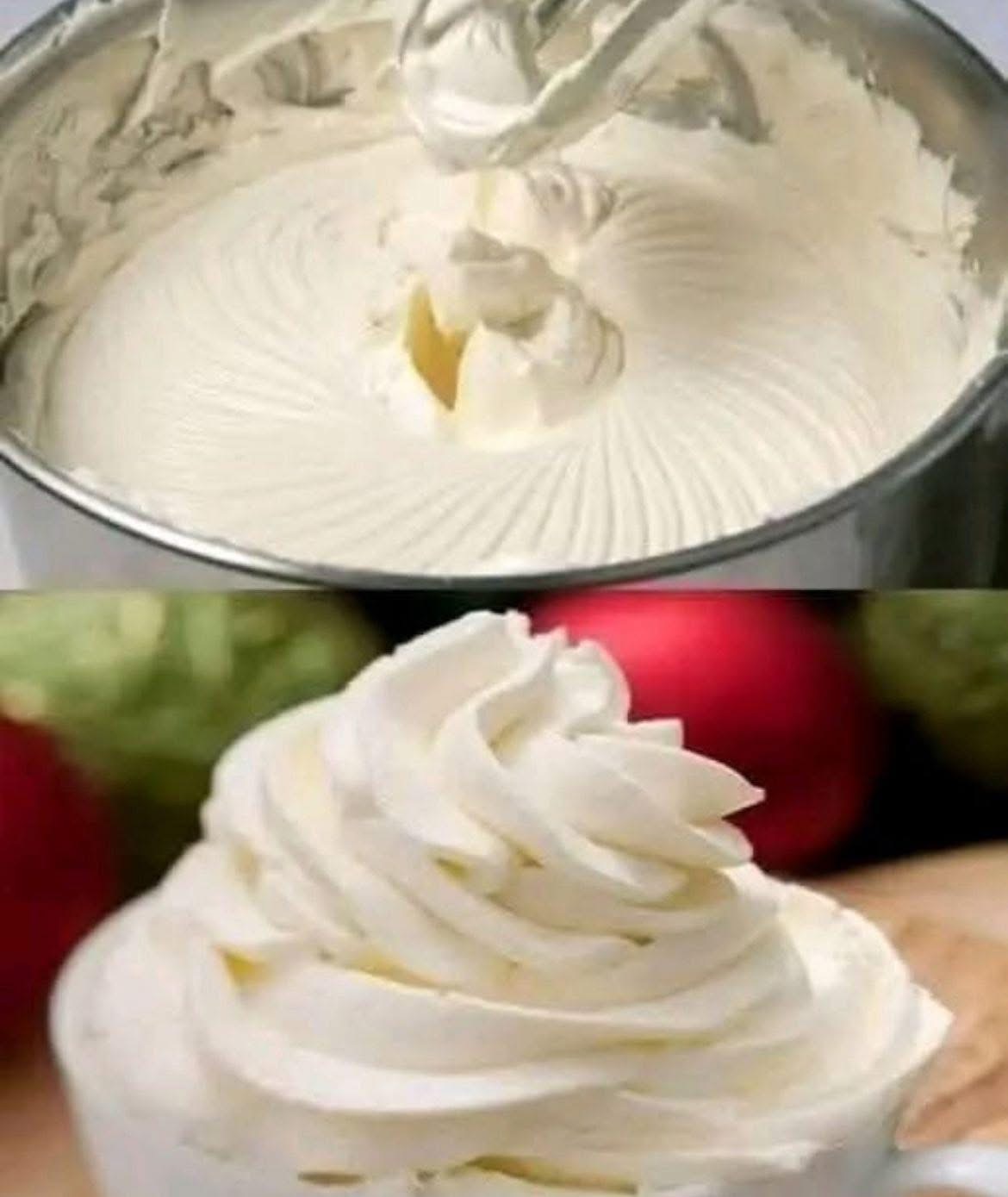The Ideal Pastry Cream (Crème Pâtissière)
Introduction
Pastry cream — the silky, custard-like core of countless desserts — is the soul of French pâtisserie. From éclairs to fruit tarts, mille-feuille to cream puffs, it transforms baked goods into luxurious, show-stopping treats.
The ideal pastry cream is smooth, thick, yet delicately soft on the palate. It carries a deep vanilla aroma, a glossy finish, and just enough body to hold in any dessert without oozing or clumping. Mastering it is like holding the master key to the world of fine desserts.
Ingredients (Makes about 3 cups)
- 2 cups (500 ml) whole milk
- ½ cup (100 g) granulated sugar
- 4 large egg yolks
- ¼ cup (30 g) cornstarch (or 3 tbsp + 1 tsp plain flour, but cornstarch gives smoother results)
- 2 tablespoons (30 g) unsalted butter
- 1 teaspoon pure vanilla extract (or seeds from 1 whole vanilla bean)
- Pinch of salt
Instructions
- Heat the Milk:
- Pour milk into a medium saucepan.
- If using a vanilla bean, split it lengthwise, scrape the seeds into the milk, and drop the pod in too.
- Heat over medium until it just begins to simmer.
- Whisk Egg Yolks & Dry Ingredients:
- In a separate bowl, whisk together egg yolks, sugar, cornstarch, and salt until pale and creamy.
- Temper the Eggs:
- Slowly drizzle about ½ cup of the hot milk into the yolk mixture, whisking constantly to prevent scrambling.
- Gradually add the rest of the milk while whisking.
- Cook Until Thickened:
- Return the mixture to the saucepan over medium heat.
- Whisk continuously until it thickens to a custard consistency (about 2–3 minutes).
- Once bubbling, cook for an extra 30–60 seconds to remove the raw starch taste.
- Finish the Cream:
- Remove from heat, whisk in butter and vanilla extract (if not using the bean).
- Strain through a fine sieve into a clean bowl for ultimate smoothness.
- Cool Completely:
- Press plastic wrap directly onto the surface to prevent a skin.
- Chill for at least 2 hours before using.
Methods
- Tempering Method: Adding hot milk to egg yolks slowly to avoid curdling.
- Constant Whisking: Prevents lumps and ensures smooth texture.
- Straining Technique: Removes any bits of cooked egg and makes cream ultra-silky.
History
Pastry cream’s origins can be traced to 17th-century France, where chefs sought a custard that was thicker and more stable than traditional crème anglaise. Over time, it became a foundation for many desserts in European patisseries and beyond. Today, it’s as essential to French baking as butter or sugar.
Benefits
- Versatility: Works for filling éclairs, tarts, cakes, donuts, and mille-feuille.
- Customizable: Accepts flavors like chocolate, coffee, citrus, pistachio, or liqueurs.
- Luxurious Mouthfeel: Silky and rich without being heavy.
- Professional Finish: Gives homemade desserts a bakery-level touch.
Formation (Serving Ideas)
- Pipe into éclairs, cream puffs, or choux buns.
- Spread into a tart crust and top with berries.
- Use between sponge cake layers for a custard cake.
- Fold in whipped cream to create crème légère (light cream).
Conclusion
The ideal pastry cream is a masterpiece of precision, patience, and indulgence. It’s the unsung hero of many pastries, quietly elevating each bite with its richness and aroma. Master it once, and you’ll have the building block for dozens of elegant desserts.
For the Lovers
- Vanilla Lovers: Deep, aromatic, real vanilla flavor.
- Pastry Lovers: A must-have for éclairs, fruit tarts, and mille-feuille.
- Texture Lovers: Smooth, creamy, and decadent.
Methods (Again)
- Low Heat Patience: Avoids lumps and burnt milk.
- Butter Enrichment: Adds gloss and silkiness.
- Fine Sieving: Guarantees a perfect, professional finish.
Conclusion (Again)
Pastry cream is not just a filling — it’s the heartbeat of French desserts. Its versatility, taste, and texture make it the gold standard in the pastry world. Whether piped into choux pastry or spread into a tart, it delivers elegance in every spoonful.
